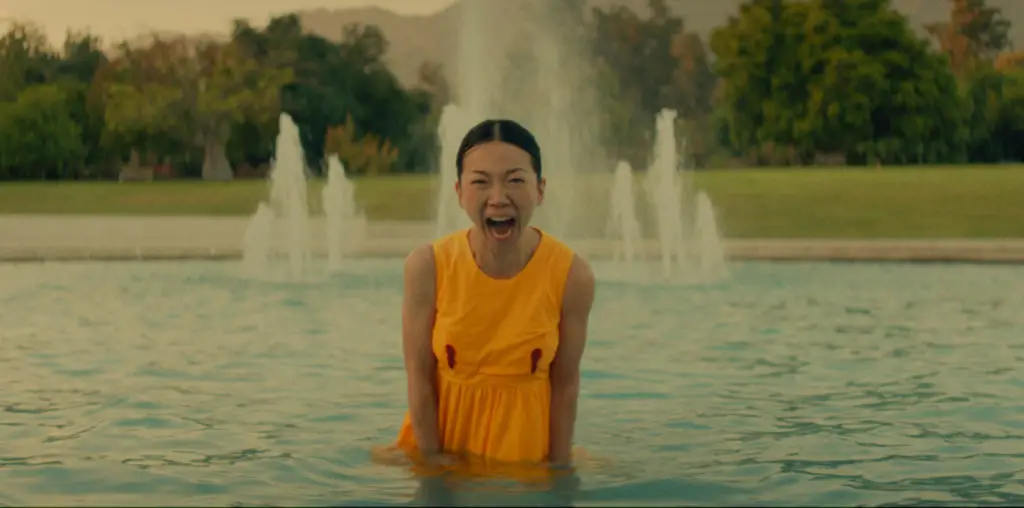
Shirley Clarke was a significant force in the independent film scene of the 1960s. Not only was she responsible for breaking gender barriers, but she also dared to approach once-taboo subjects with a frankness that was uncommon for the time. Her first feature, the 1962 adaptation of Jack Gelber’s award-winning play “The Connection,” offers a jolting view of self-destruction by means of heroin addiction.
Set in a one-room New York tenement, “The Connection” focuses on a group of misfits who are waiting for the arrival of Cowboy, a drug dealer who provides them with their heroin fix. Some of the people are jazz musicians, and they frequently break into jam sessions that offer a heavenly reprieve from an otherwise hellish situation. The others in the room are broken souls who pour out their anguish and bitterness in long monologues that mock their comrades and themselves. Following these individuals is an aspiring (and perspiring) would-be filmmaker and a cool-cat cameraman who attempt to create a documentary on the underground world of junkies.
“The Connection” is a marvel of low-budget/high-imagination filmmaking. Clarke and cinematographer Arthur Ornitz overcome the limits of the one-room setting with an astonishing display of camera movement, ranging from harsh close-ups to subtle tracking shots. Clarke and Ornitz do a peerless job in framing the false hopes and endless despair of Gelber’s doomed yet charismatic characters. (The film also looks like a mint, thanks to a marvelous restoration by the UCLA Film & Television Archive – this is some of the most impressive black-and-white cinematography I’ve seen!)
One drawback is the subplot interaction of the nervous director and his affable (and mostly off-screen) cameraman – it wears thin at times and distracts from the film’s visual style and physical energy. (The original Gelber play, staged at New York’s legendary Living Theatre, had two photographers, a producer and a writer observing the junkies – obviously, this would have been more intrusive if left intact for the screen version.)
“The Connection” ran into censorship problems in New York for the inclusion of the word “s**t” as a synonym for narcotics. Many critics of the era were also aghast at offering the junkies’ world as an unapologetic slice-of-life drama rather than a morality play along the lines of “The Man With the Golden Arm” or “A Hatful of Rain”; the New York Times’ inept critic Bosley Crowther was particularly harsh, dismissing the film as “sordid and disagreeable.”
By contemporary standards, however, it is obvious that “The Connection” was a film that was many years ahead of its time in both style and substance. This theatrical re-release – the first in a series of Clarke film revivals, via Milestone Films – should help to re-establish its importance as a seminal work in American independent cinema.
